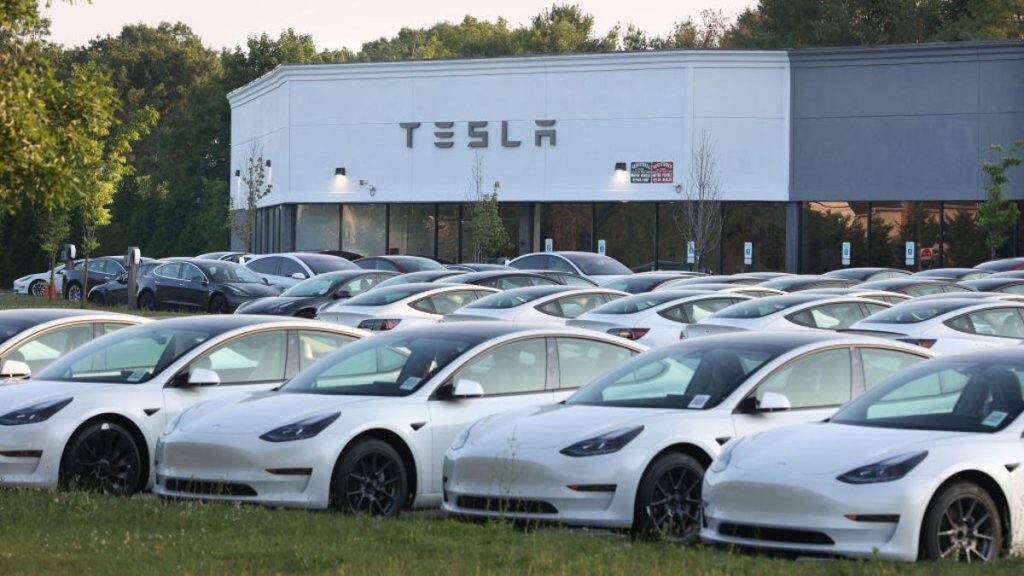The rise of electric vehicles (EVs) in the US is evident, with popular models like Tesla dominating the streets. While EVs are becoming more mainstream, they have typically been more expensive than traditional gas-powered vehicles. However, this price gap is narrowing, with the average price for an EV decreasing by 12.8% in recent years. With government incentives like a tax credit of up to $7,500, some EVs may actually end up being cheaper than gas-powered cars. Despite the higher upfront costs, potential EV buyers are willing to pay a premium for the benefits they offer in the long run.
The overall ownership costs of an EV are often lower than those of gas-powered vehicles, even if the initial purchase price is higher. EVs are more efficient, have lower maintenance costs, and do not require oil changes, resulting in savings over time. A recent report by Atlas Public Policy found that after seven years, the total cost of ownership for an electric Chevrolet Bolt EUV was $10,500 less than that of a gas-powered Toyota Corolla LE. This cost difference takes into account various factors, including taxes, insurance, fuel, maintenance, tax credits, and expected resale value.
Some additional costs associated with EV ownership include the installation of a charging station at home or reliance on public chargers, which can add to the overall expenses. However, even with these costs considered, the total ownership costs of EVs are likely to be lower than gas-powered vehicles. As EV prices continue to decrease and competition in the market grows, more consumers may be inclined to switch to EVs for their cost-efficiency and environmental benefits. The availability of a wider range of EV models at mass-market price points could further accelerate the adoption of EVs.
Many early adopters of EVs were motivated by environmental concerns, but as EVs become more mainstream, the reasons for purchasing them are diversifying. Barry Kresch, President of the EV Club of CT, believes that as more models appealing to a wider range of drivers become available at affordable prices, the premium on EVs will decrease. The potential launch of Tesla’s Model 2, priced under $30,000, could prompt other EV manufacturers to compete at lower price points, driving down costs for consumers even further.
Lower prices, combined with government incentives and lower total ownership costs, could lead to a tipping point of EV adoption in the near future. As more drivers realize the economic advantages and other benefits of EV ownership, they may find it challenging to go back to gas-powered vehicles. With the increasing availability of affordable EV models and the ongoing development of charging infrastructure, the transition to mass-market adoption of EVs seems imminent. Ultimately, the cost savings and environmental impact of EV ownership are becoming more compelling reasons for consumers to make the switch.


